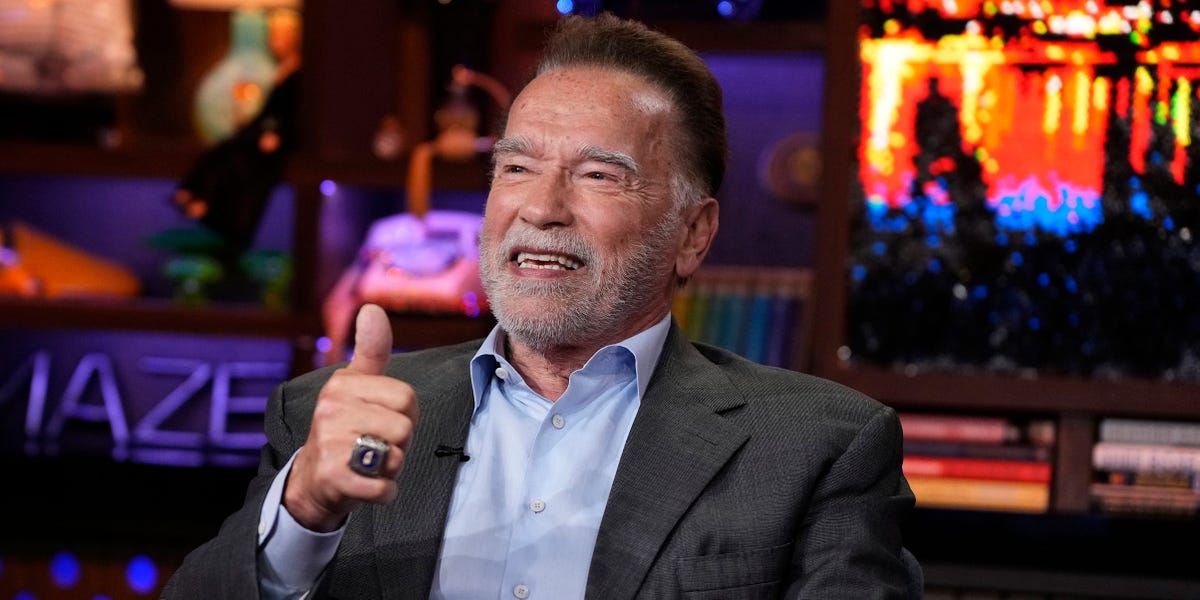The Singapore Grand Prix marked a milestone moment for McLaren, the squad sealing the 10th Teams’ Championship of their long and storied history. Having so far achieved 12 wins, 28 podiums and a whopping 650 points in 2025, the Woking-based…
Author: admin
-
Pakistani scientist discovers new breakthrough in the search for life beyond Earth
A Pakistani-born scientist may have uncovered signs of life beyond our planet. Dr. Nozair Khawaja, an astrobiologist at Freie Universität Berlin, has identified organic molecules beneath the icy surface of Enceladus, one of Saturn’s moons….
Continue Reading
-

The Economic Contribution of Brazil’s Audiovisual Industry in 2024
Oxford Economics’ study for the Motion Picture Association finds that Brazil’s audiovisual industry supported R$70.2 billion in GDP and 608,970 jobs in 2024—around 0.6% of the national economy—and generated R$9.9 billion in taxes….
Continue Reading
-

24 Years Of NASA Satellite Data Suggest The World Is Getting Darker, And There Are Differences Between The Hemispheres
A new study looking at data from 24 years of NASA satellite surveys has found that the Earth is getting darker, and there are significant differences between the Northern and Southern Hemispheres.
The team looked at data collected by the Clouds…
Continue Reading
-

The Restless World of Hayley Tompkins
When reading about the works of Hayley Tompkins, two words frequently crop up: ‘everyday’ and ‘paint’. Both are, in a sense, self-explanatory. Tompkins’s practice, however, is far from straightforward. The works in…
Continue Reading
-

Charli XCX ‘The Moment’ Cast Includes Kylie Jenner, Rachel Sennott
Charli XCX has another “moment” on the way, and she’s got some star power alongside her.
Nine months after A24 had first confirmed the pop star would star in the Aidan Zamiri-directed project The Moment, Charli shared a teaser for…
Continue Reading
-

ACC CardiaCast: Hyperkalemia in HFrEF and HFpEF
In this episode, Michelle M. Kittleson, MD, PhD, FACC, and Estefania Oliveros Soles, MD, MSc, FACC, discuss the biggest challenges in heart failure with reduced ejection fraction (HFrEF) and heart failure with preserved ejection fraction (HFpEF), focusing on hyperkalemia (uncommon) and hypokalemia (associated with higher mortality).
This podcast is part of the larger Managing HF Across the Spectrum: From Recognizing Symptoms to Implementing Appropriate Treatment grant initiative, supported by Bayer AG. To visit the Managing HF Across the Spectrum page and access additional educational activities on this topic, click here.
Clinical Topics:
Heart Failure and Cardiomyopathies, Acute Heart Failure
Keywords:
CardiaCast, Heart Failure, Hyperkalemia, HypokalemiaContinue Reading
-

Hannah Hampton honoured for inspiring others by sharing her eye health story | News | Official Site
To mark World Sight Day, HRH The Duchess of Edinburgh, Global Ambassador for IAPB, has presented celebrated England Women and Chelsea goalkeeper Hannah Hampton with a ‘Love Your Eyes Special Recognition…Continue Reading
-

Diabetic teens with poor glycemic control more likely to develop neuropathy in adulthood
Poor blood sugar control in adolescence increases the risk of painful future complications for people with type 1 diabetes, research co-led by University of Michigan suggests.
The study, which followed participants for over 30…
Continue Reading
-

Arnold Schwarzenegger’s New Workout Diet After Quitting Protein Shakes
Arnold Schwarzenegger is no longer crushing workout shakes. At 78, his muscle routine is fueled by oatmeal, soup, and moderation.
“I used to drink, for instance, protein drinks, but I don’t do that that much,”…
Continue Reading
